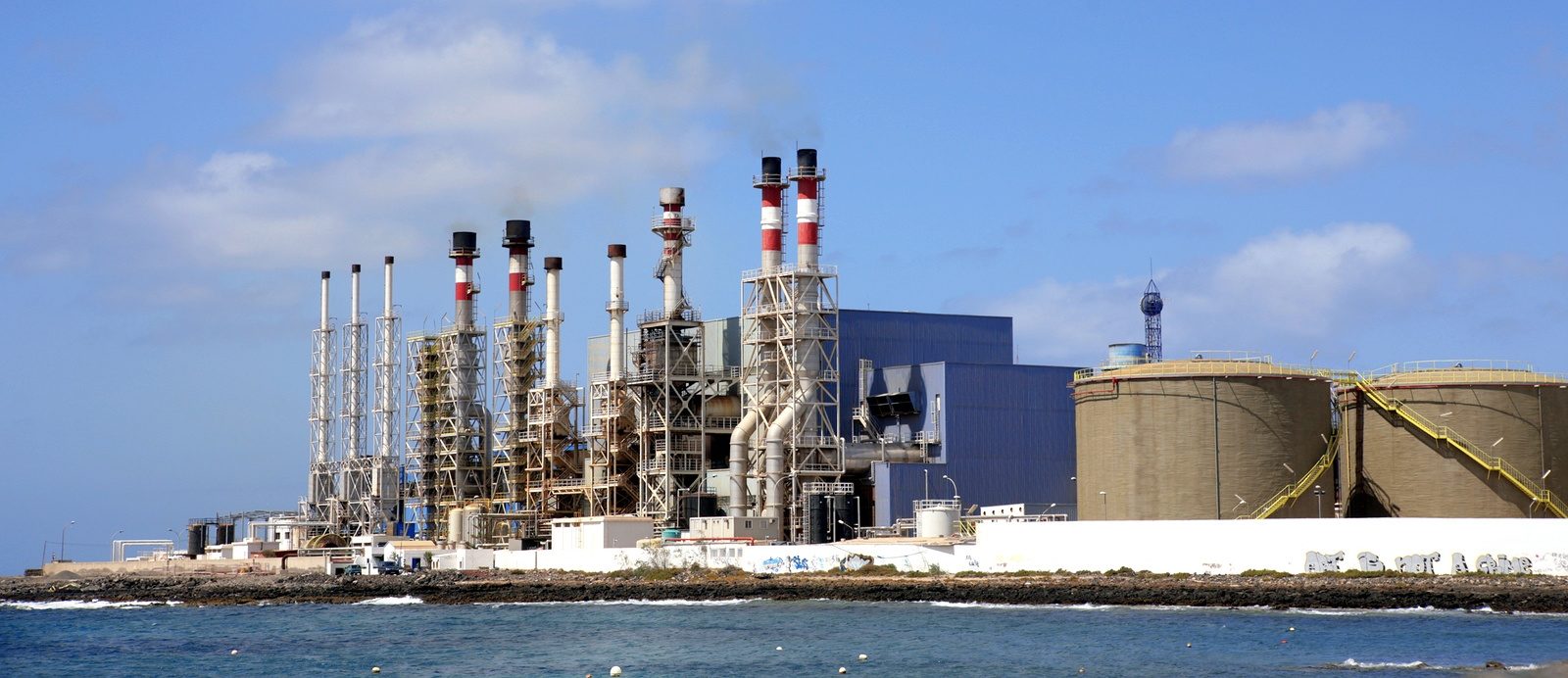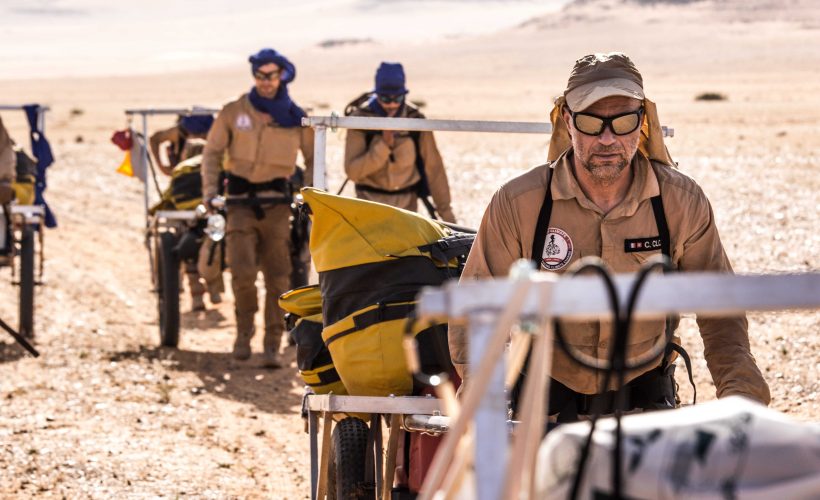Tech & Business
8.8.2019
Desalination, the future of water management?

Today, there are nearly 16,000 desalination units worldwide. For some, it is a response to the drought challenges facing many regions. For others, they represent an environmental hazard. With most (60%) of the facilities located in Mediterranean countries, KAWA saw fit to focus on a technology that could, by perfecting it, help many people.
Seawater accounts for 97% of the total water supply on Earth, while the majority of the population is concentrated on the coasts. Thus, in the driest parts of the world, the choice to desalinate seawater to meet freshwater needs is increasingly being made. This operation consists of removing salt from salt water by various techniques in order to make it suitable for consumption and agricultural use.
Any setback has its medal
The problem is that this technique would not be possible without its environmental impact. Indeed, for each litre of fresh water produced, one and a half litres of brine – an aqueous solution of a salt, saturated or of high concentration – would be released into the environment. A dilemma faced by all desalination units in the world, which must also respond to an energy challenge. In fact, they can run on renewable energies, but are most often powered by electricity or nuclear power, so there is room for improvement in this area too.

Countries like the United Arab Emirates are extremely arid and use desalinated water
And researchers are making progress, particularly in Saudi Arabia, where King Abdullah University of Science and Technology (KAUST) has recently developed a technology to make the most of the energy production capacity of solar panels.
Reduce energy consumption
Explanations: Today, according to Dr. Peng Wang, a researcher at KAUST, “photovoltaic panels are facing a major heat waste problem”. In fact, any panels absorb more than 90% of the sun’s rays but only transform 10 to 20% of them into electricity. The machine developed by the university’s researchers would succeed in “using this excess heat to produce clean water, from salt water from the sea or contaminated water from the soil, thus making the process more sustainable, because it is more energy efficient”. Basically, it makes it possible to free oneself more from the use of fossil fuels, by making the use of solar panels more viable.
A technology that is still imperfect
Today, the challenge – apart from the already considerable challenge of brine discharges – is therefore becoming to scale up this technology in order to benefit as many people as possible, and in particular isolated populations. To do this, the researchers hope to be able to count on investments from private companies as well as from the Saudi government, which has already contacted them through a department of the Ministry of Energy. Dr. Wang said he hoped to be able to present a scalable pilot prototype to the world by next year.
It should be recalled that, according to United Nations data, Saudi Arabia remains one of the poorest countries in the world in terms of water resources per capita, with a water demand promising to increase by 40% by 2030. In addition, according to the World Resources Institute, North Africa and the Middle East are among the regions most at risk from water scarcity, drought and river flooding. The Gulf region could therefore benefit greatly from this type of technological advance.
popular

